When we talk about SEO optimization for an e-commerce website, we often emphasize the importance of optimizing the Category Pages. One of the most important sets of pages, which are often overlooked, is the Product pages.
Just think for a moment, all the sales and conversions that take place on your website, all happen from the product page.
If your product page is well-optimized, it could be the sweet spot for you to convince a user to make a purchase decision. Some of the experts in the industry who provide the best ecommerce SEO services, already pay attention to Product Pages & find ways to optimize them.
So how do I optimize my eCommerce Product pages? Where do I start? What are the best practices for optimizing product pages?
You have got the questions, we have got the answers.
Optimize, rank, and flourish your online store's performance with our award-winning strategies.
Want your eCommerce site
to rank higher on Google SERP?
Optimize, rank, and flourish your online store's performance with our award-winning strategies.
Here are 10 ways you can optimize product pages:
1. Keyword Research
When it comes to seo services, keyword research plays an incredibly vital role in website optimization.
The important thing to keep in mind while doing Keyword Research for Product pages is to focus on intent keywords.
For example, for a website like Pisarto, an online art gallery, the keyword “buy buddha paintings” would be better to focus on, rather than “buddha painting”.
This is because someone searching for keywords with the word “buy” is more likely to make a conversion.
Once you have done the proper keyword research, put it to good use by including it in the Titles & Descriptions of your product pages.
A good title and description for your product page could be:
Title: Buy *Your product name and ID* online | *Your website name*
Description: Shop for *Your product name and details*. *Followed by a CTA*
It is not a necessity that you target only high volume keywords. Even if the keyword has low search volume but is highly relevant to the product you are selling, there is a better chance of a conversion.
One important thing to keep in mind is that the keyword strategy that works for your competitors would not necessarily work for you. Your keyword strategy should be more focused on the type and variety of products you offer.
2. Experiment with UI/UX
One of the most important things while doing ecommerce SEO for a product page is focusing on UI/UX. Gone are the days when SEO was only about optimizing On-Page elements and doing Off-Page activities. The new-age SEO professionals concentrate more on other aspects of the website as well. This includes the Page Speed, the Coding, and also the UI/UX.
With more SEO agencies focusing on conversions along with sessions, it is very important to look at the UI/UX side of things.
A good example of a good UI/UX page is:
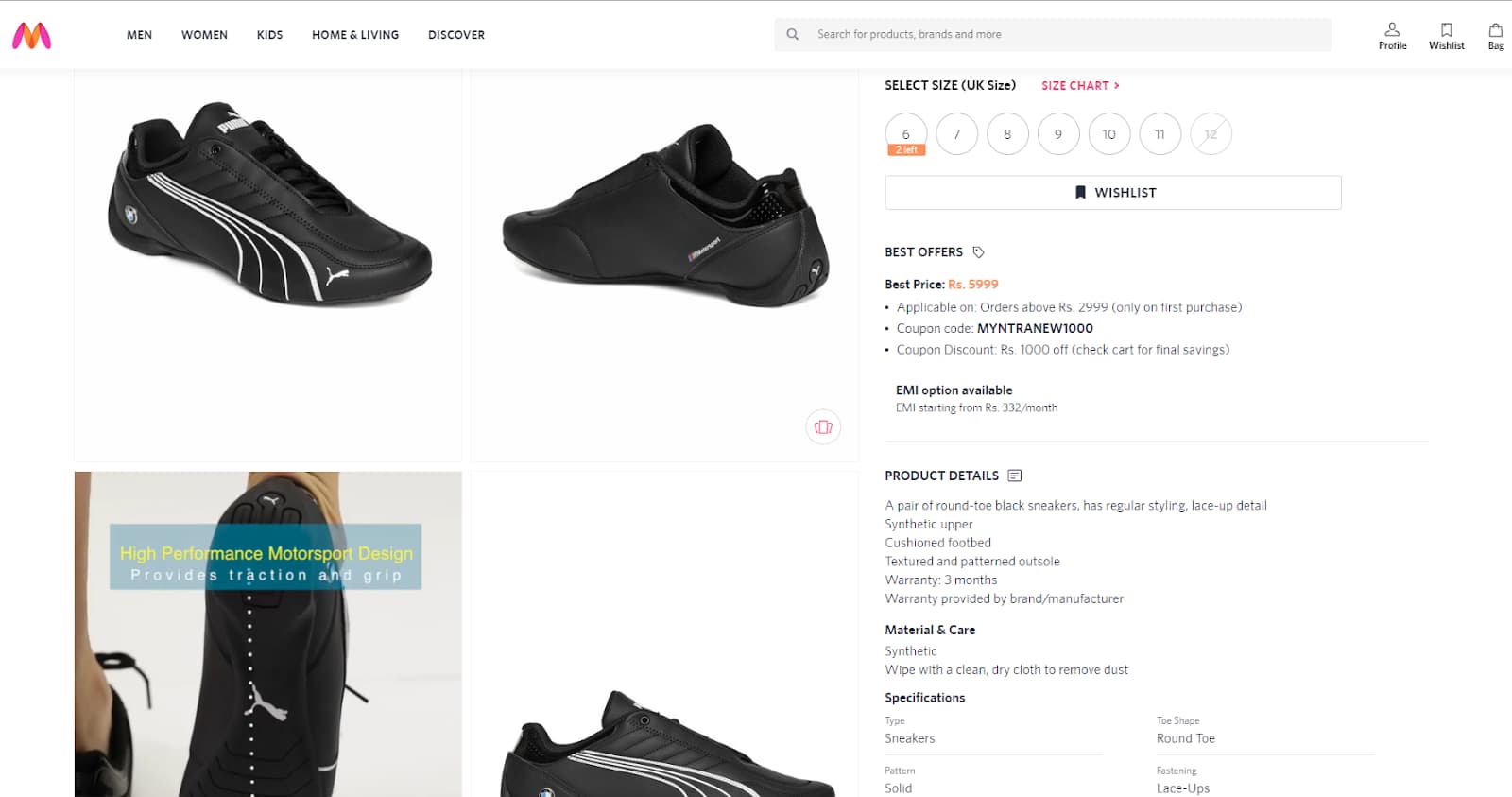
This is a product page of one of our clients, Myntra. Notice how all the information that a user would want to see are all available in the same frame.
The size selection, best offers, EMI options, product details, materials, specifications, all are available for the users at a glance.
Keep experimenting with the UI/UX – the buttons, the layouts, the design, until you find something that engages your customer the most.
You can set up a heatmap on your website, to understand user behaviour and how they interact with various widgets on your product page.
Some of the best softwares for heatmap are Hotjar and Mouseflow, which we use for our clients.
3. Give them options
When was the last time you went to an ecommerce site, looked at just one product and decided to buy it? Nah, when it comes to shopping, we always look for more and more options.
This is the reason your product page should always have a widget showing similar products.
Here is an example:

This is a product page of one of our clients, Mochi Shoes, which is a perfect example of this technique.
Someone looking for a pair of Peep Toes would definitely want to check out other styles and colours as well, before making the final purchase.
Having such a dynamic widget showing “similar products” on your product page ensures that the customer is spoilt for choices and the session results in a conversion.
The titles of such widgets could be “People Also Viewed”, “You Might Also Like” or “Similar Products”. The title could also be in accordance with your brand guidelines, just like the above example. “More Awesome Stuff” which is in accordance with the Mochi Shoes tagline – “Stay Awesome”.
4. Add Ratings, Reviews, and Comments
One of the most crucial, and also the most difficult phases in the marketing funnel is gaining the trust of the user.
Adding Ratings, reviews and comments can help users gain trust in the quality of your product and brand.
Here is an example:

This is the product page of our client, Zivame, which shows the rating and reviews of the customers who bought their products.
Make sure you take feedback from your customers and also give them an option to review the products that they purchased.
A study from iPerceptions, found that 63% of users are more than likely to purchase from a product page if it features user ratings and reviews.
63%? You would not want to lose such an opportunity!
One challenge we did notice, is not all customers like to give reviews, especially good reviews.
You could encourage your customers to give your product a review by:
- offering them some brownie points on their next purchase
- sending them an email with a coupon code that can be unlocked when a review is given by them
- ask them about their experience using your product
- run a campaign for encouraging customers to review your products
5. Use Schema Markup
Schema.org offers different schema properties for products. You can add these structured data types on your product pages.
Here is the schema markup in action:
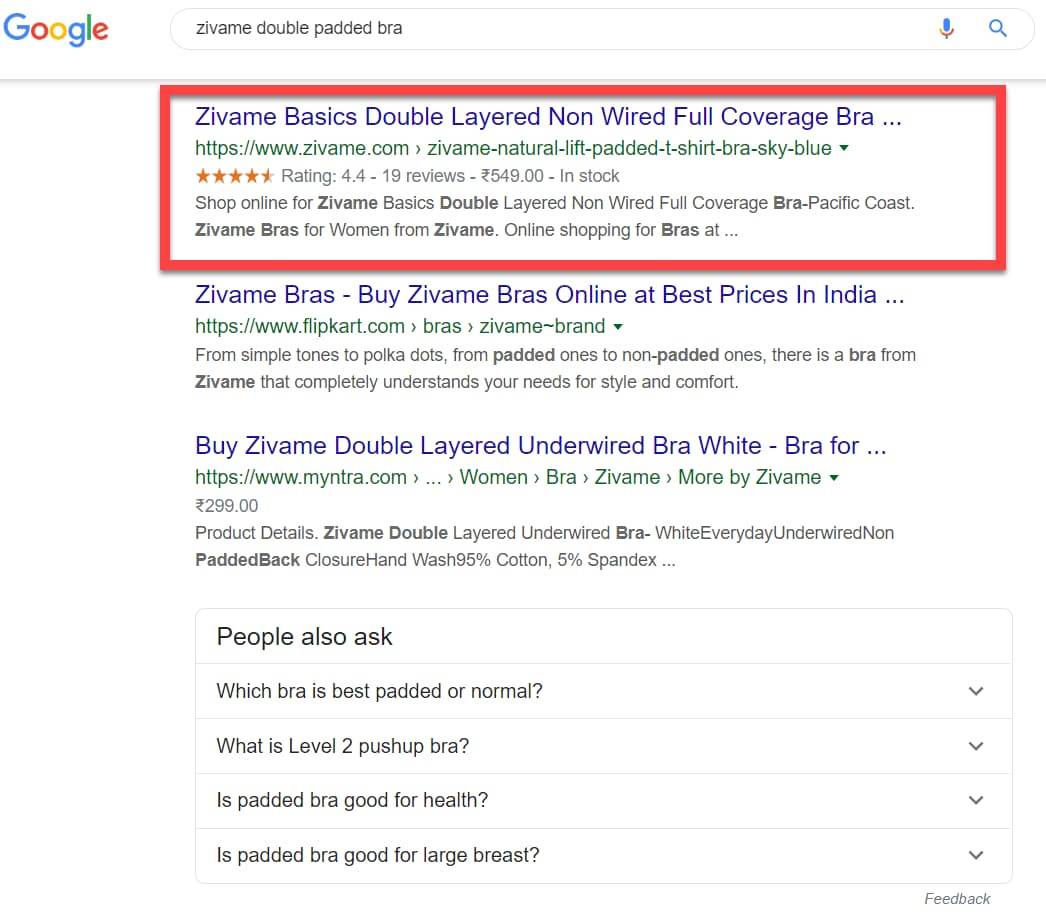
Here is an instance from Zivame, who ranks for the keyword “zivame double padded bra”.
Notice how the Google Search Result displays the Rating, Reviews, Price, and Availability of the product.
The search result is a clear stand out as compared to other results and is bound to result in higher CTR.
The use of Schema Markup is really important to grab the attention of the user on the Google SERP and later convert it into a conversion.
6. Well optimized Product Description
Your product descriptions should never be generic. Every product page on your website should have a unique product description.
When you go to a physical store to buy a product, the salesperson in charge of the section, explains to you all the benefits of the product you are looking at.
Think of product descriptions in the same light.
Clearly list down all the benefits and features that your product offers. The users have every right to know about the product they are buying.
This will instil in them a belief in your product & encourage them to make a purchase.
7. Do not get fancy with CTA’s
When a user lands on your product page, the only action you want him to take is – click on the “Add to Cart” or “Buy Now” button.
Do not try anything fancy with these CTA’s, as you need to send out a clear message to your users.
Here is an example of a best practice for CTA’s:

This is a product page of our client, Superbalist. You know the saying “Pictures say more than words”, well, this page clearly screams “Click on that Add to Cart” button. This is a very good example of a minimalist yet effective CTA.
You could experiment with different colour combinations and also the textbox sizes of these buttons, but that is pretty much it.
Concentrate on the placements of these buttons, rather than the text.
8. High-quality Images
Make sure that the images of your products are of high quality. The lighting, the contrast, the resolution, all need to be perfect.
There is no rocket science in this, what pleases the eyes of the users will convince them to buy your product.
Surely, high-quality images mean an increase in the page speed. Make sure you use good image compression tools and formats, to strike a perfect balance between both.
You can use the WebP format recommended by Google to compress the size of the image while still retaining its quality.
Page Speed is another important metric you need to keep in mind. The last thing you want is your user having to wait for ages for your product to load. They will more likely exit and go to another ecommerce website, which, in turn, will increase your bounce rate.
9. Product Videos
Product videos are a strategy ecommerce websites are using to grab the eyeball of their users.
According to this study, 41% of the users watch product videos before making a purchase.
Make sure you are careful of the positioning of these videos. Videos that are buried somewhere at the bottom or sidebar will not yield any benefit.
A best practice is to place the product videos together with your images. Many ecommerce websites follow this best practice, and it has helped them grab the attention of their users.
Here is an example from our client, Myntra:

On this Myntra product page, the video is situated right between the images. The users who are really wanting to buy these Nike shoes would definitely be interested in watching the video. This results in higher conversion rates.
10. Wishlist
Ah, I wish that was mine. How many times do we say that? Not only for clothing stuff but well, for everything. There are many reasons a user would not want to make a purchase at the very moment and might want to buy it at a later stage.
You want the user to remember what they finalized after a whole lot of research. You can help the user in this by adding a Wishlist button. This will make sure they have a list handy, and when they get the mood/money to buy it. Bam! You have got you an all-important conversion.
Check out this example from Myntra:
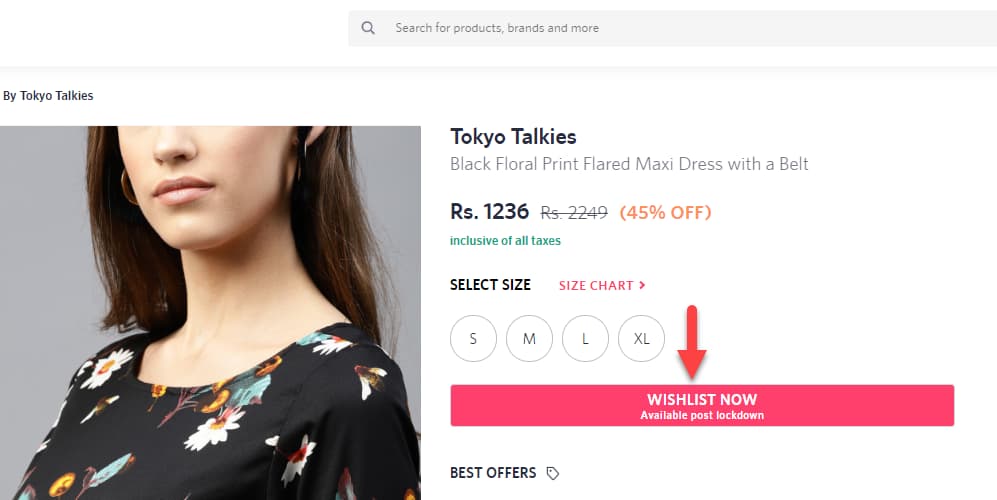
This is a pretty smart CTA and the best use of the “Wishlist” button. Women searching online for dresses cannot get their lovely Tokyo Talkies dress delivered right now. But hey, once the lockdown is over, you might as well order it.
The Wishlist button is quite powerful and should definitely be used for product pages.
Conclusion:
Just as the products you offer are unique, so should be your product pages. The key aspect is to think from a user’s perspective while designing the product pages.
Optimizing product pages may seem overwhelming, due to the thousands and lakhs of products on your website. But they are also the most important set of pages.
Optimizing the product pages, mean, optimizing for conversions. Make sure you do not make any compromises in terms of UI/UX.
As Steve Jobs rightly quotes “You’ve got to start with the customer experience and work back toward the technology – not the other way around.”
All the above-mentioned ways to optimize product pages are the ones we use for our clients. Hope this article will help you optimize your ecommerce product pages and increase your sales.
Let us know in the comments section what methods you use to optimize your product page.
Popular Searches
How useful was this post?
0 / 5. 0










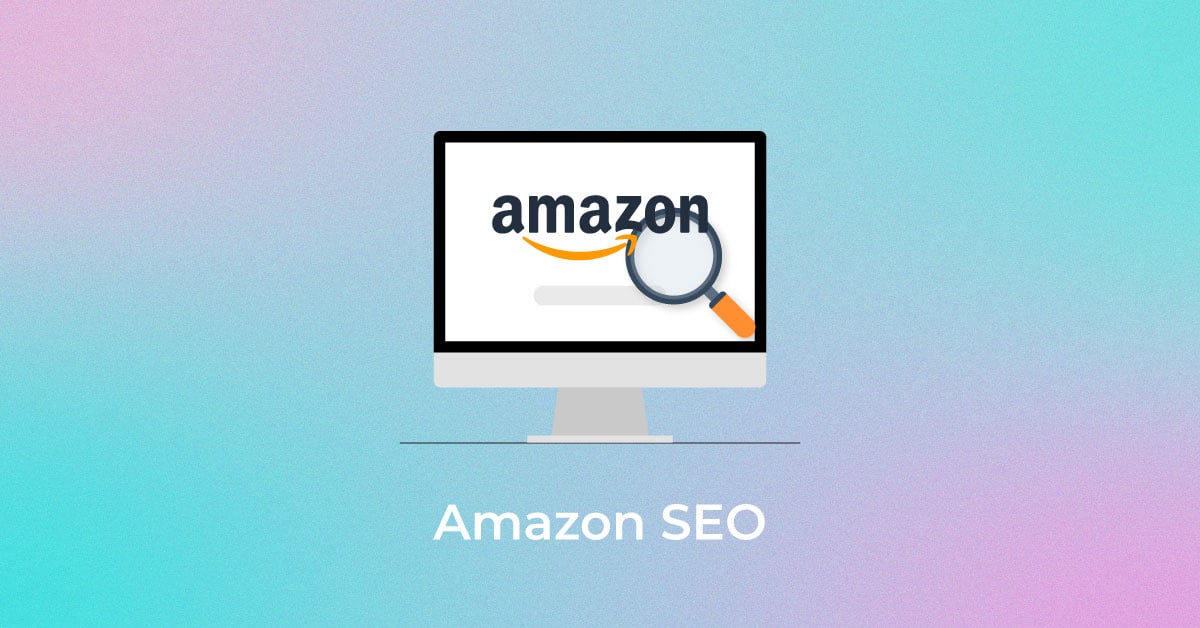
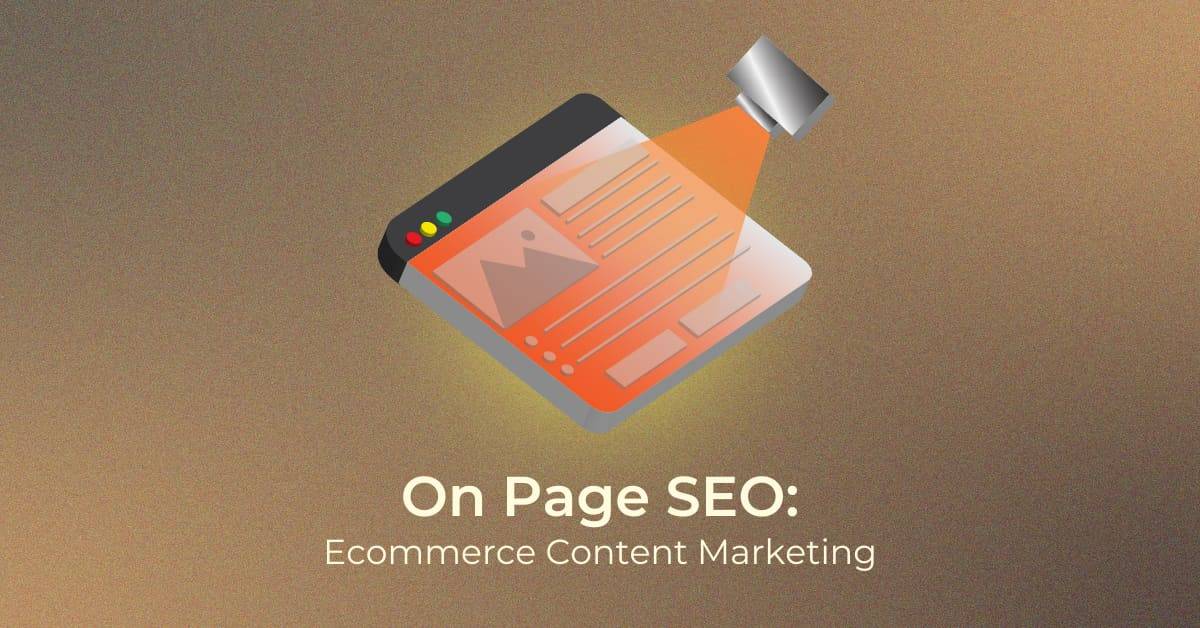
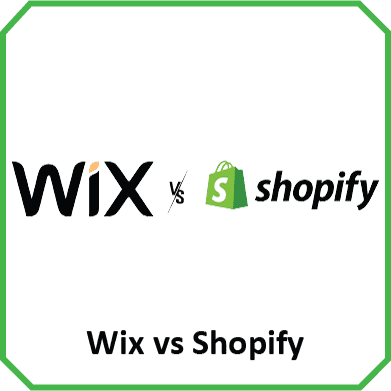
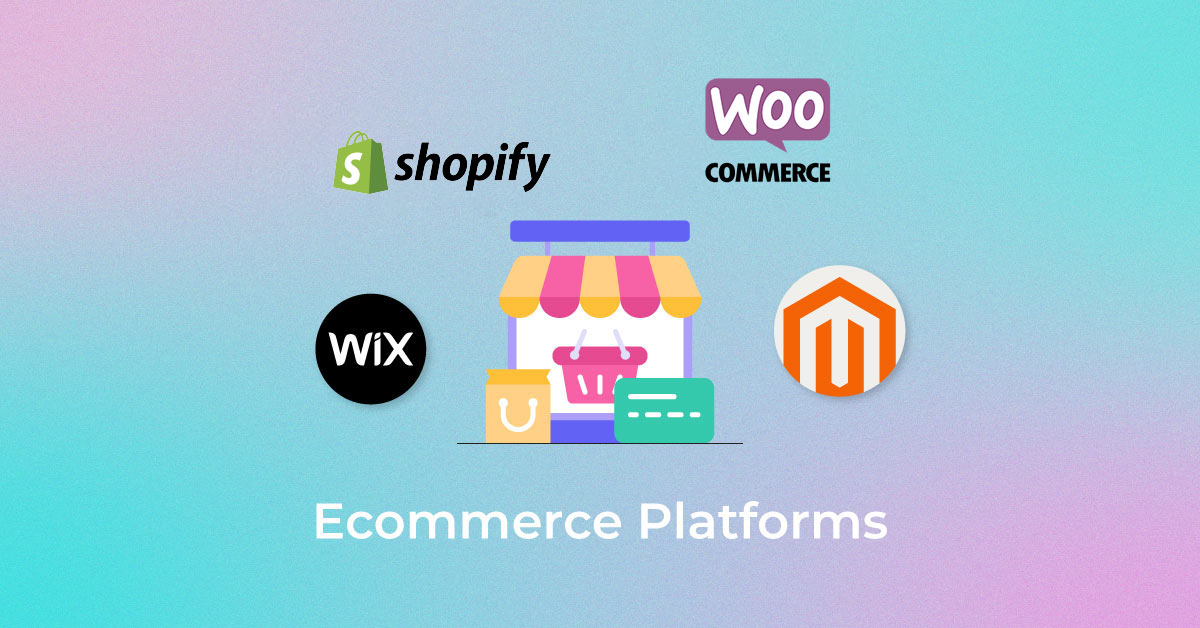
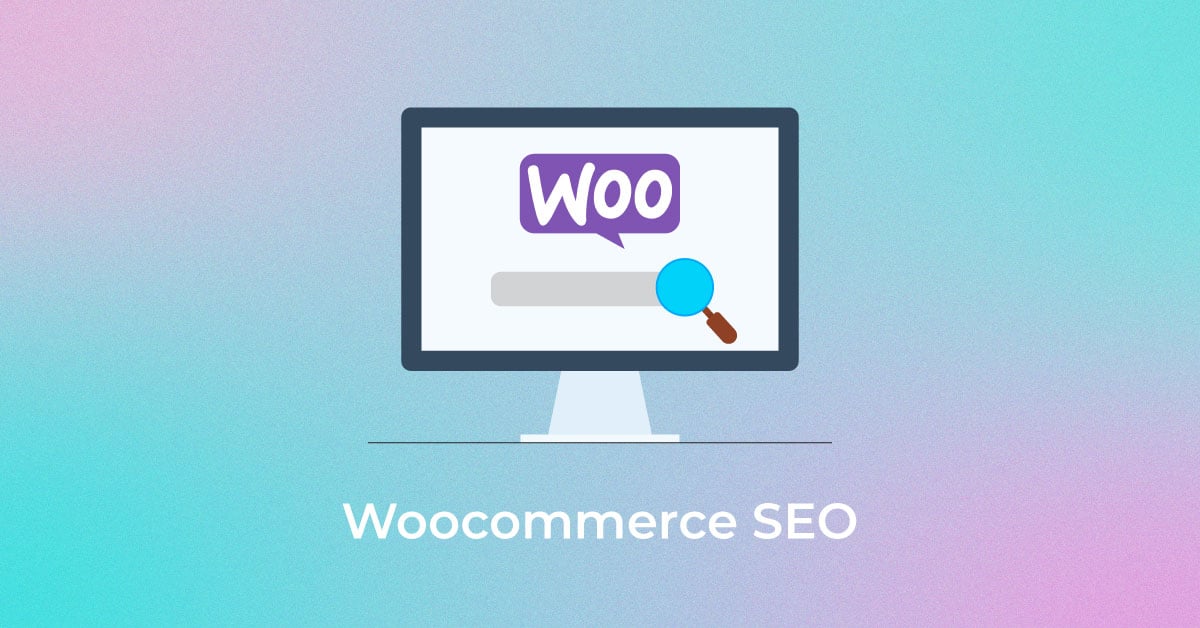
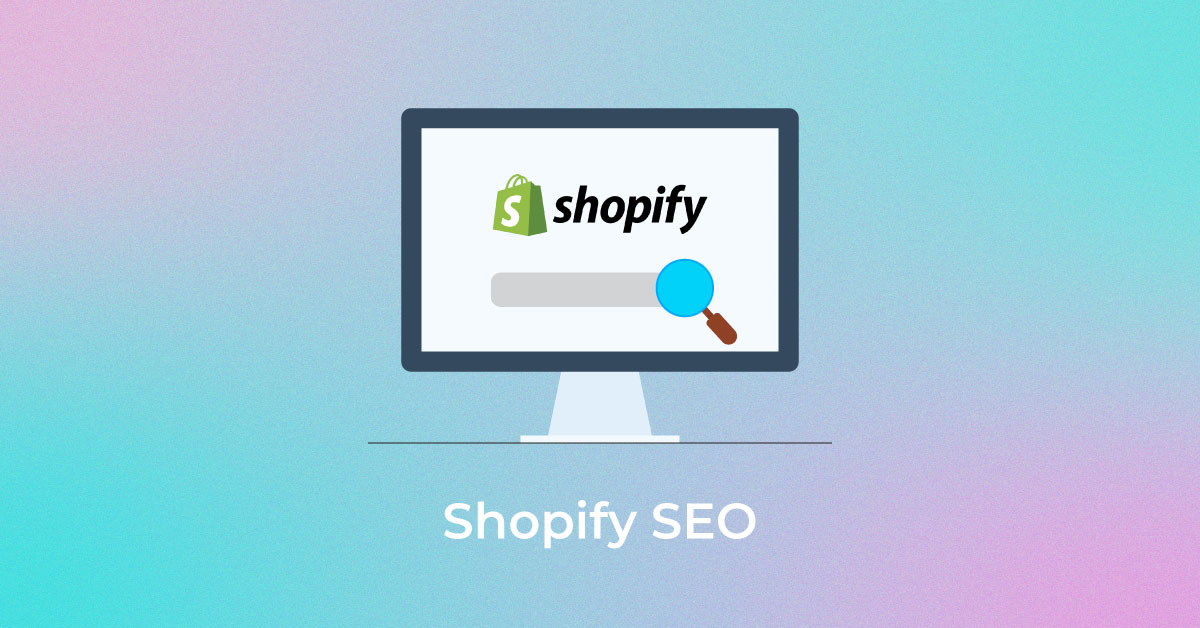

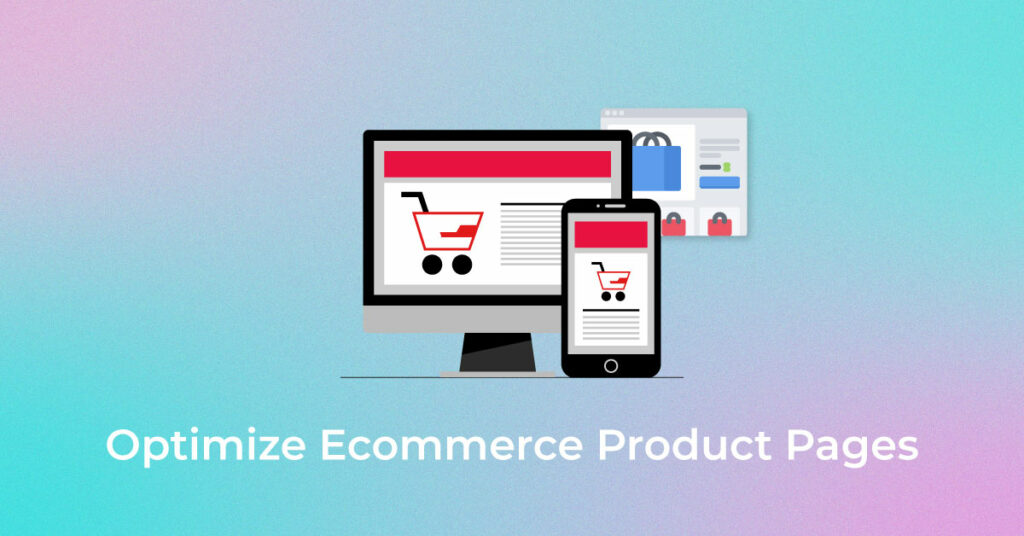
1 thought on “10 Ways to Optimize Ecommerce Product Pages for Conversions”
This content very powerful.. congrats. I glad to write these all. Perfect..